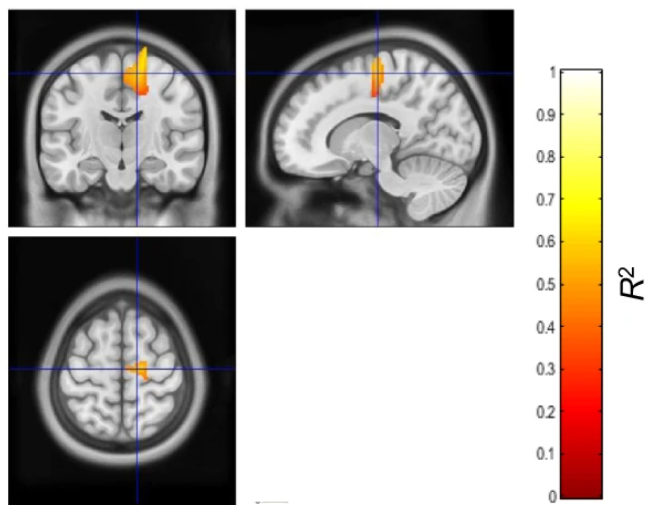Neural signatures of hyperdirect pathway activity in Parkinson's disease.
In Parkinson's disease, the activity of some nerve cells tends to oscillate more than is usual. It has been suggested that a particular group of nerve fibres, linking two parts of the brain called the cortex and subthalamic nucleus, helps these oscillations spread through the brain. Here, we used brain imaging and computer models to provide support for this idea, showing that these oscillations are broadcast easier in people with denser nerve fibres.
Parkinson's disease (PD) is characterised by the emergence of beta frequency oscillatory synchronisation across the cortico-basal-ganglia circuit. The relationship between the anatomy of this circuit and oscillatory synchronisation within it remains unclear. We address this by combining recordings from human subthalamic nucleus (STN) and internal globus pallidus (GPi) with magnetoencephalography, tractography and computational modelling. Coherence between supplementary motor area and STN within the high (21-30 Hz) but not low (13-21 Hz) beta frequency range correlated with 'hyperdirect pathway' fibre densities between these structures. Furthermore, supplementary motor area activity drove STN activity selectively at high beta frequencies suggesting that high beta frequencies propagate from the cortex to the basal ganglia via the hyperdirect pathway. Computational modelling revealed that exaggerated high beta hyperdirect pathway activity can provoke the generation of widespread pathological synchrony at lower beta frequencies. These findings suggest a spectral signature and a pathophysiological role for the hyperdirect pathway in PD.

2021. Nat Commun, 12(1):5185.
2021. PLoS Comput Biol, 17(7)e1009116.